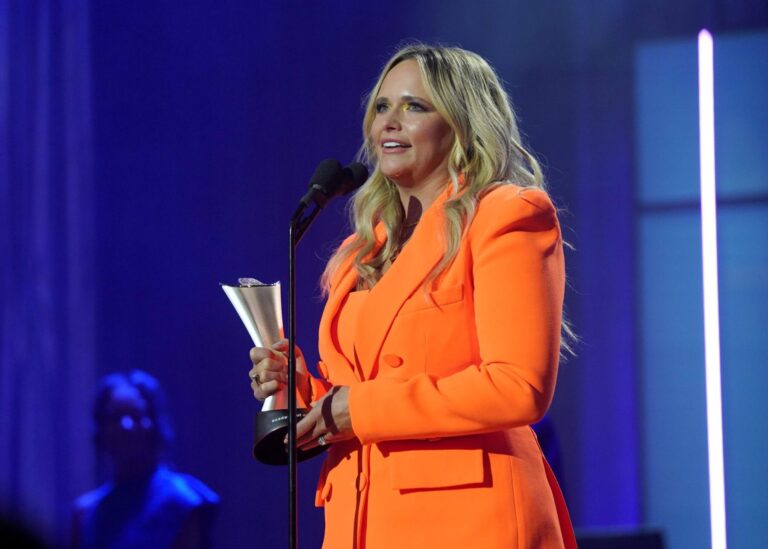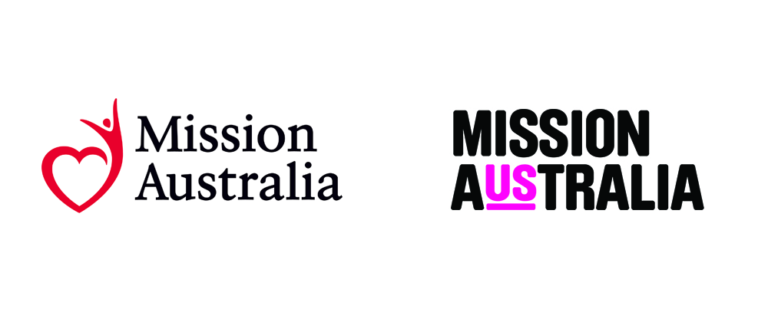Pipis safe, scientists declare

Pipi interest: members of the Venus Bay Pipi Community Reference Group included Colin Suggett, Janet Carey, Carol Dwyer, Cr Kieran Kennedy, and Ken and Bev Walker.
A NEW report has found Venus Bay’s pipi population is safe, despite community concern over the influx of people harvesting the shellfish.
The Fisheries Victoria report found current management was adequate to protect the pipis from recreational collectors.
The report, Stock Assessment of Venus Bay Pipis (2011), revealed reduced daily catch limits at Venus Bay were effective, but found harvesting was affecting pipi numbers.
The report did not recommend pipi size limits, despite the fact one of the authors, Zac Lewis, in an earlier study called for minimum size limits to protect adult pipis.
The latest report did however suggest a population count over a full year.
The report is now before Agriculture Minister Peter Walsh and will be used to advise on the future management of pipis at Venus Bay.
Pipi advocate Beverley Walker of Venus Bay welcomed the report’s finding but said more fisheries officers and even police were needed to ensure collectors abided by the law.
“It would be good if we had enforcement officers there all the time. There is no one allocated to just Venus Bay. They have to come from Yarram or Phillip Island,” she said.
Ms Walker also called for a pipi count after summer – the peak collection period.
The report stated: “The current management strategies implemented to sustain the pipi population at Venus Bay from recreational harvest appear effective.
“The current management framework should be maintained, reviewed and adapted dependent on future trends in the fishery (for example increase in recreational pipi harvest) and further research outcomes.”
The report called for pipis to be monitored over at least one annual cycle comprising four seasons to enable “adaptive future management strategies to be implemented”.
Venus Bay residents were worried pipis were at risk due to an influx of collectors flooding the beaches.
Venus Bay pipis are already subjected to a reduced daily catch limit of two litres of pipis with shells per person compared to five litres elsewhere in Victoria.
The report found pipi populations were lowest close to beach access points – where harvesters were most likely to take them.
“Results of this study indicate the consequence of recreational harvest is localised (approximately 2km on either side of access points). Beach access points appear to influence the location of recreational harvest activity,” the report stated.
“This notion is supported by the increase in mean shell length, biomass and number of mature pipis observed further from access points.”
The report continued: “In the event that harvesters increase their range, it is probable that the proportion of adult pipis would decrease further from the access points.”
Of the 1012 pipis sampled, 718 or 71 per cent, were classified as “non-mature”, with highest rates of non-mature pipis reported during September.
One of the researchers, Mr Lewis, undertook an earlier study, called Recreational harvest: characteristics and impacts on the pipi, Donax deltiodes, at Venus Bay, Victoria.
That report found recreational harvest was having a significant impact on pipi stock structure and called for lower catch limits at Venus Bay to continue, as well as minimum size limits to protect adult stock.
Mr Lewis was joined in the latest study by Jacinta Early, Dr Mark Scarr and Dr Carol Scarpaci.
They completed three monthly surveys during August, September and October 2011, inspecting pipi numbers at 20 sites one kilometre apart from Point Smythe to Ten Mile Creek.
The report was funded through the Recreational Fishing Grants Program.
South Gippsland Shire Councillor Kieran Kennedy chaired a meeting of the Venus Bay Pipi Community Reference Group at the Venus Bay Surf Life Saving Club last Tuesday.
He will report to council about the group’s findings at tomorrow’s meeting, including the “positive” results of enforcement over the most recent summer.
“They (compliance figures) were equal to the best compliance figures that we could ever wish for,” Cr Kennedy said.
The meeting comprised members of the community and representatives of Fisheries Victoria, Parks Victoria, and Department of Sustainability and Environment.
Short URL: /?p=3502






